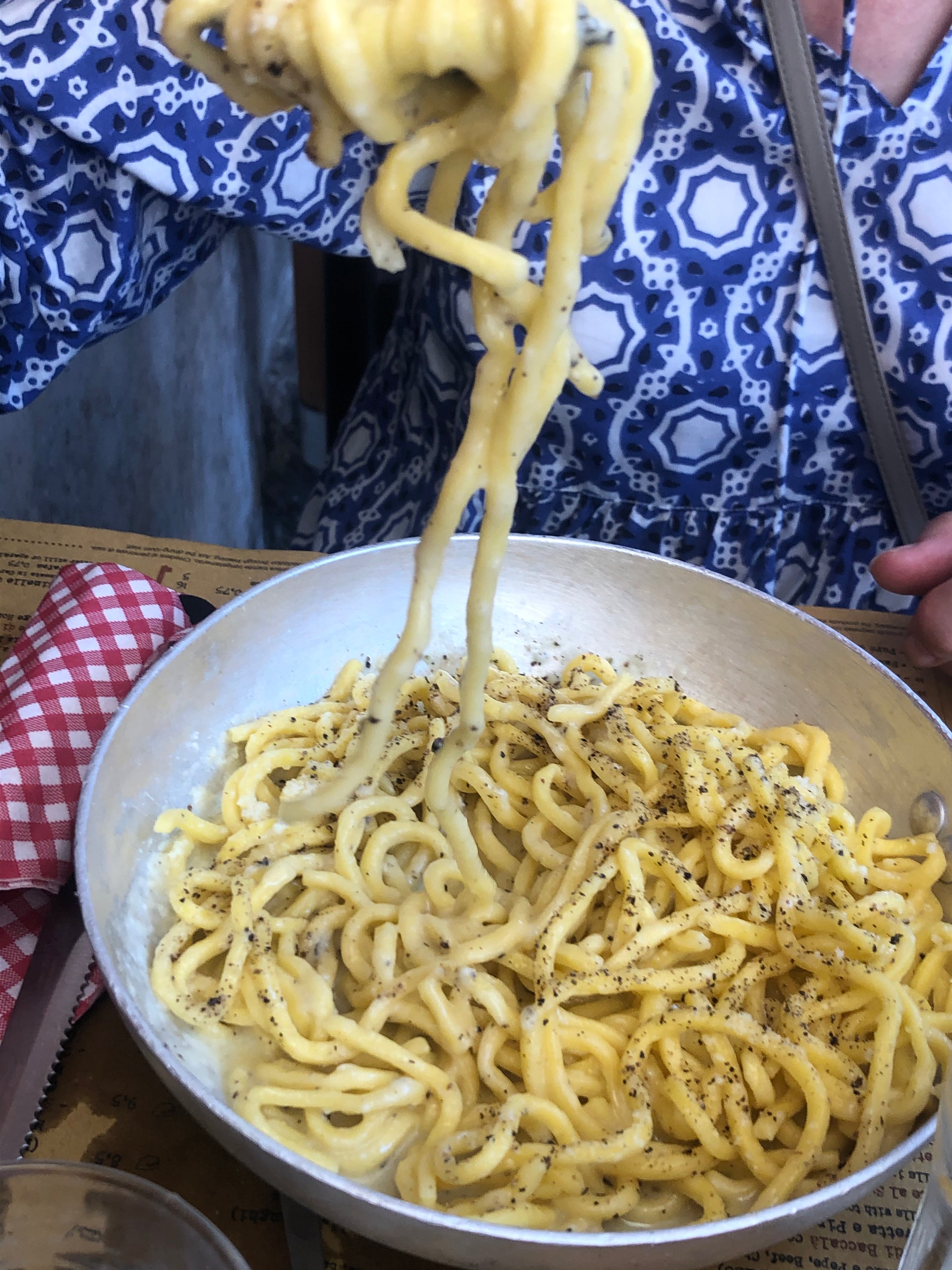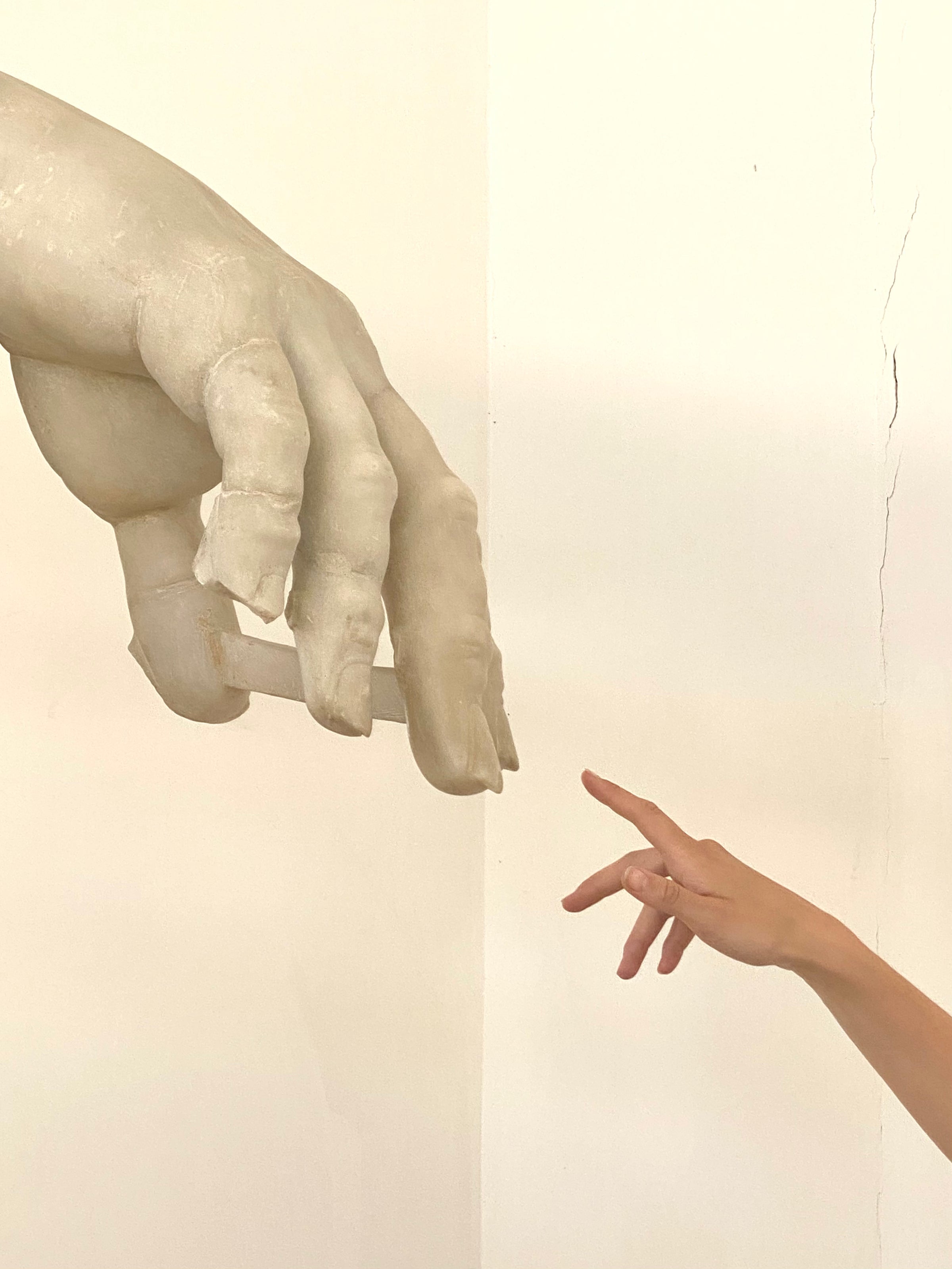Away from the maddening crowds: Exploring the Hidden Gems of Lazio

Culture and natural beauty awaiting the discerning traveller’s desire to uncover it.
Away from the maddening crowds: Exploring the Hidden Gems of Lazio
By Antonia Fest
January 16, 2025
All roads lead to Rome. But to get there, you must uncover Lazio, the region which surrounds Italy’s eternal capital. The ancient intricacies and contemporary quirks of Rome should never be overlooked but it is worth pursuing the little corners that lie further afield. The city sits in the heart of its region, a place of stunning contrasts. Chaotic hubs yield to bucolic landscapes, secluded towns give way to coastal gems and medieval hilltop villages flank idyllic lakes. Lazio is a region rich in history, culture and natural beauty awaiting the discerning traveller’s desire to uncover it.
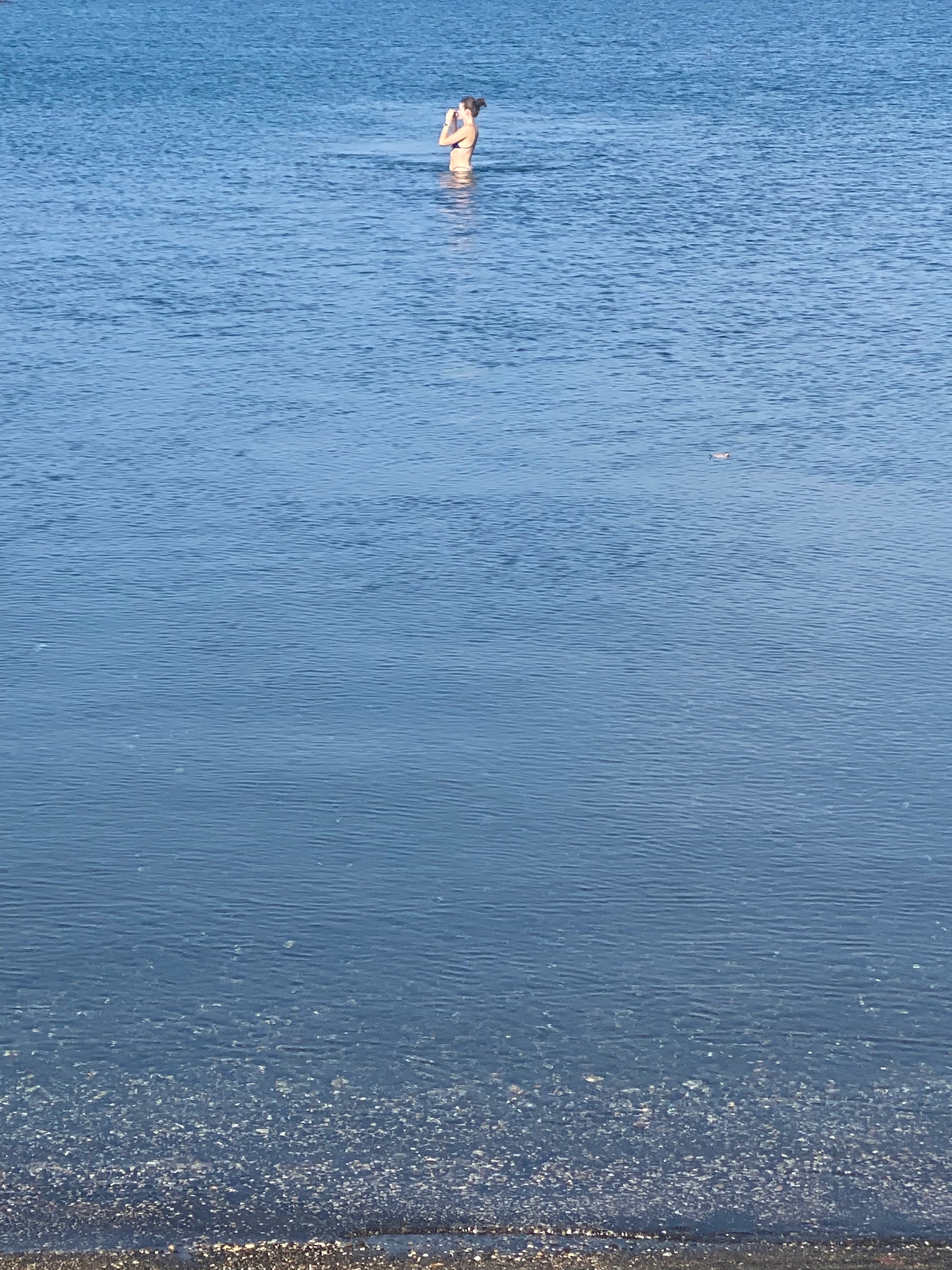

Gaeta and Sperlonga
One hour south of Rome, the pristine beaches of Gaeta and Sperlonga await. Fringing the Tyrrhenian Sea and offering sun-worshippers endless beaches and hidden bays, the allure of these neighbouring coastal towns doesn’t stop at their sandy shores. Given its ideal location on the coastal path to Rome, the area was conquered by many powers throughout history. From antiquity onwards, the marks of previous civilisations have been left behind, leaving an eclectic collection of castles, fortresses and holy sites.
Tucked along a roadside, you’ll find the tomb of Cicero; overlooking the gulf Gaeta lies the ruins of the Emperor Tiberius’ coastal villa with its looming grotto; amidst a dense forest of cypress trees is the Shrine of the Holy Trinity, an important place of worship which offers panoramic views of the surrounding land- and seascapes; The towns’ city centres are charming in their intricacies; Sperlonga’s whitewashed and winding cobbled alleys are reminiscent of the Cycladic islands whilst Gaeta’s pastel buildings and looming church tower fulfil the iconic imagination of the Italian dolce vita.
Gaeta and Sperlonga are largely overlooked by mass tourism which offers visitors a peaceful, pristine escape to authenticity.
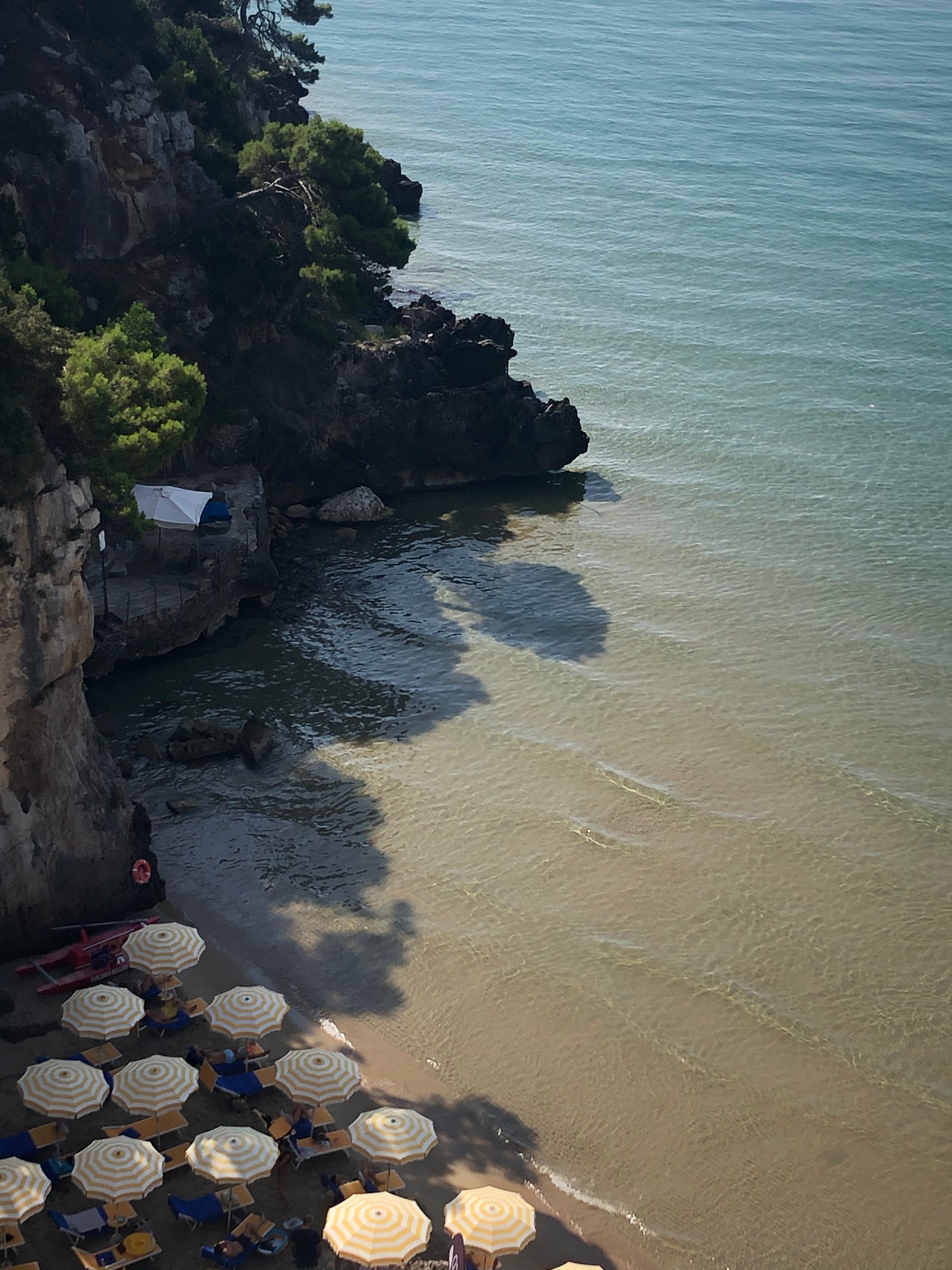
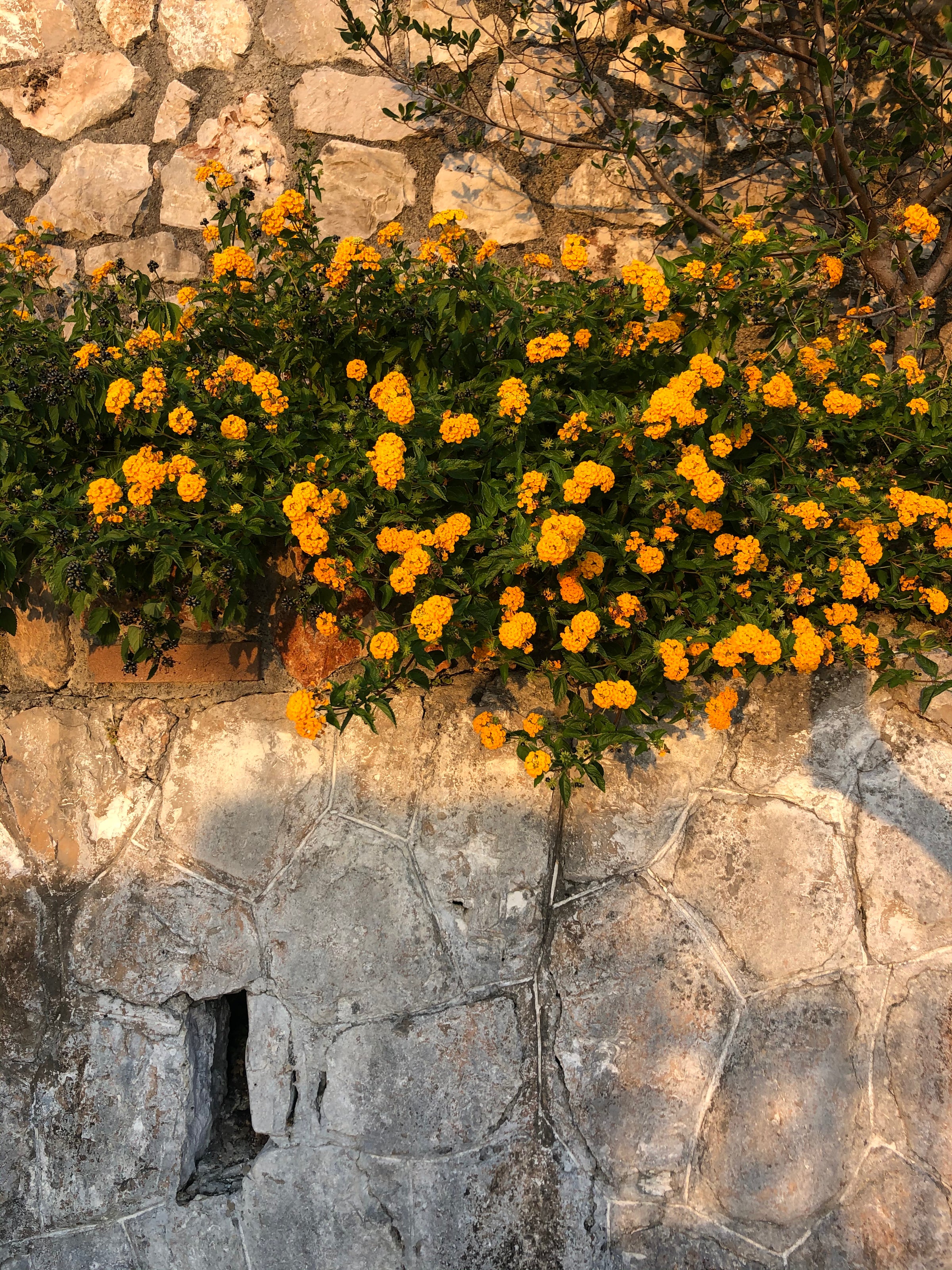
Bracciano
From Rome’s Termini Station, the Trenitalia FL3 line takes you to the northerly town of Bracciano which perches above an expasnive lake. Bracciano itself is lost in time, a medieval pocket defined by its cobbled streets, sleepy piazzas and the impressive Odescalchi Castle which scrapes the sky. After a stroll through the little streets and lunch in the town’s main square, you must head down to the lakeside. There, amidst the swans who call Bracciano their home, the still waters greet eager swimmers.
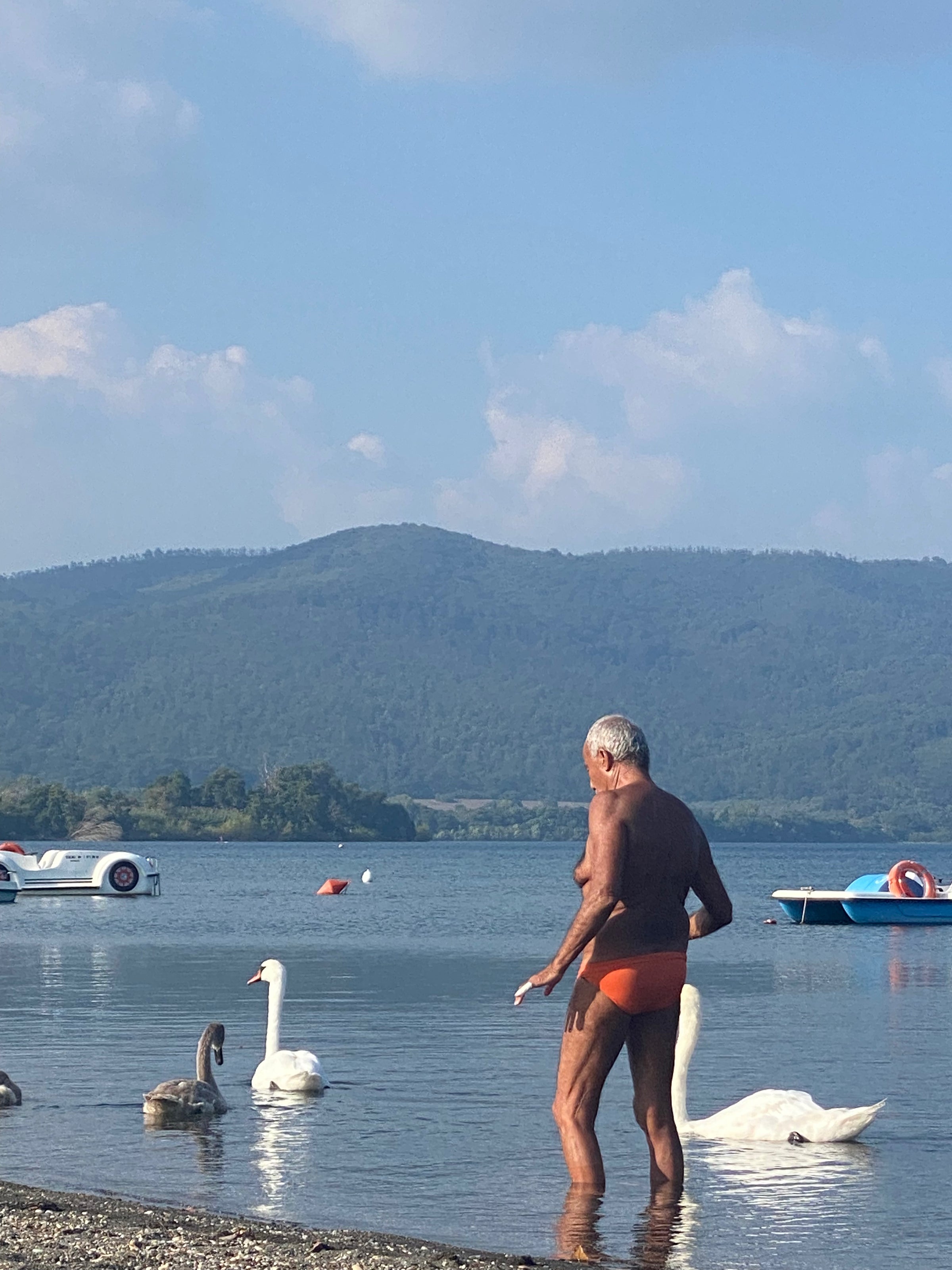
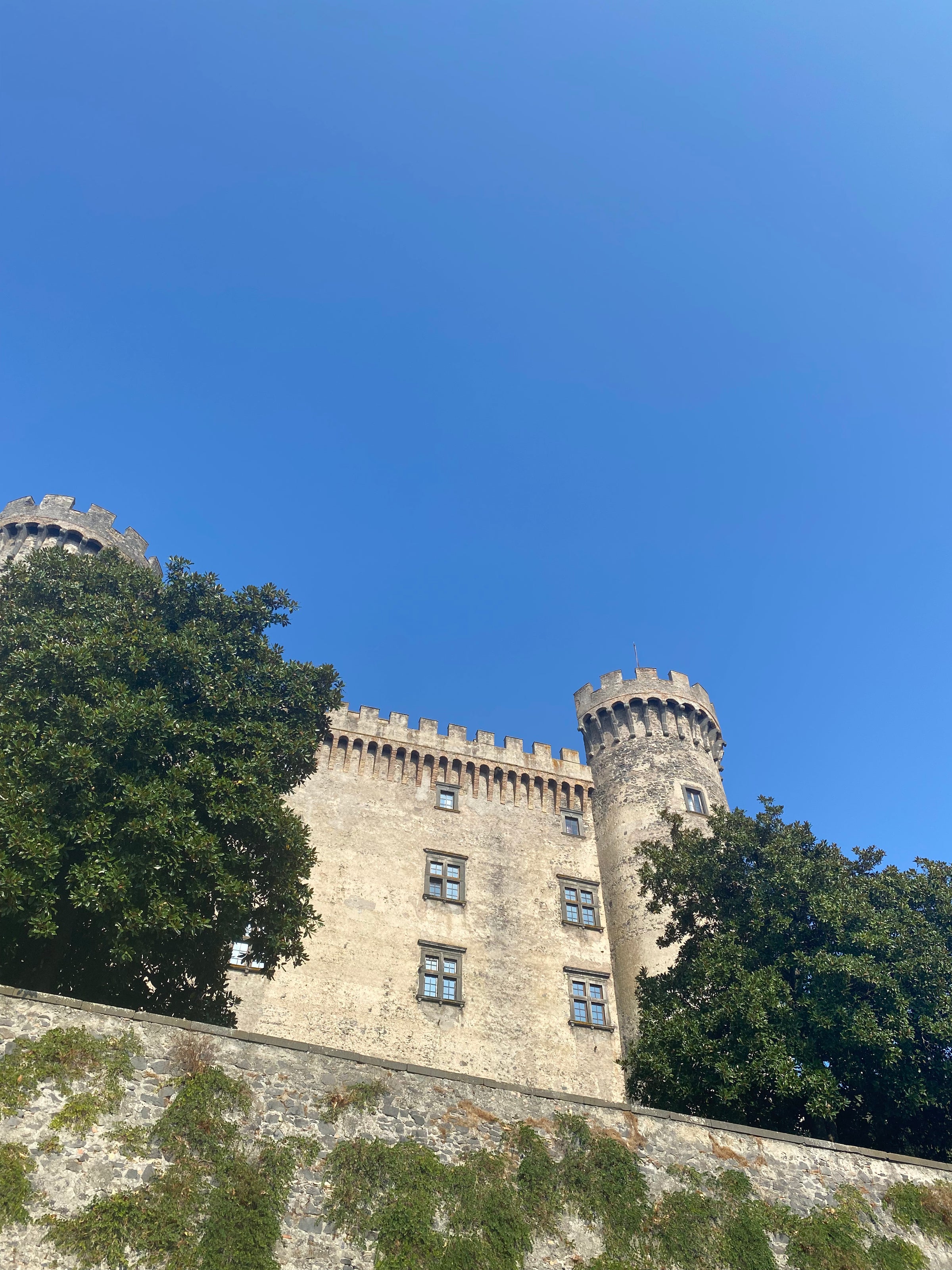
Tuscia: A Land of Mystery and Timeless Beauty
On the border between Tuscany and Lazio, lies the enigmatic Tuscia region which is fast becoming one Italy’s most coveted under-the-radar destinations. Tuscia’s terrain is a tapestry of rolling hills, ancient villages, and verdant forest. Its Etruscan history peppers the landscapes with crumbling ruins such as the Tombs of Castel d'Asso. This is one of the best-preserved burial sites in Italy dating back to the 4th century BC. In more recent history, sites like the Parco dei Mostri (the park of Monsters) will delight. These Renaissance gardens are a mystical woodland that are filled with giant grotesque sculptures.
Civita di Bagnoregio, colloquially known as “the dying city,” is one of Tuscia’s greatest treasures. It is a medieval town that appears to be carved out of the mountain which it sits on and is accessible only by a narrow footbridge.
Tuscia’s principal town is Viterbo with a longstanding and rich history. Its centuries’ old centre is home to a historic papal palace, an astounding cathedral and Villa Lante, a 500-year old palazzo with endless elegant gardens.
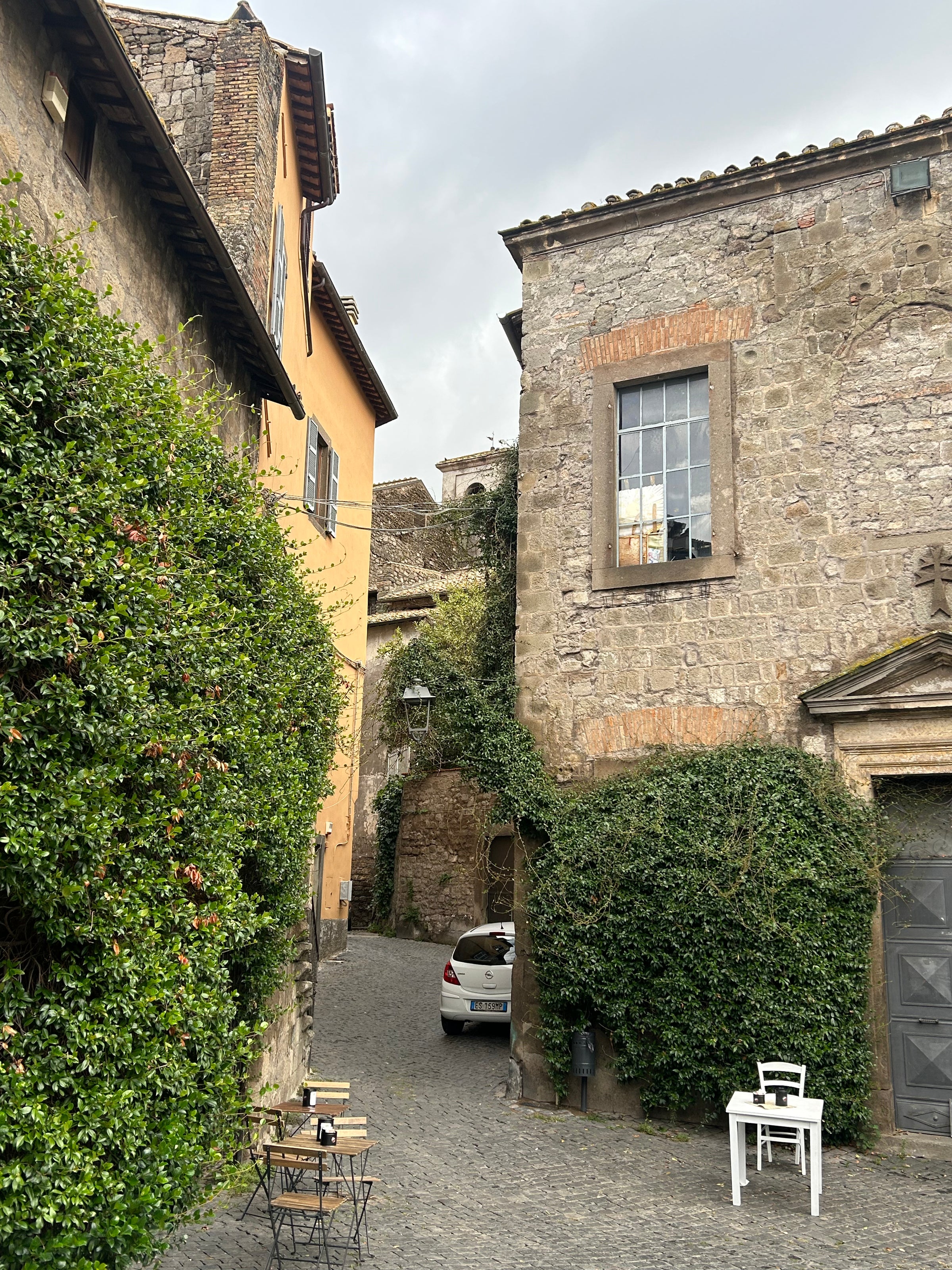
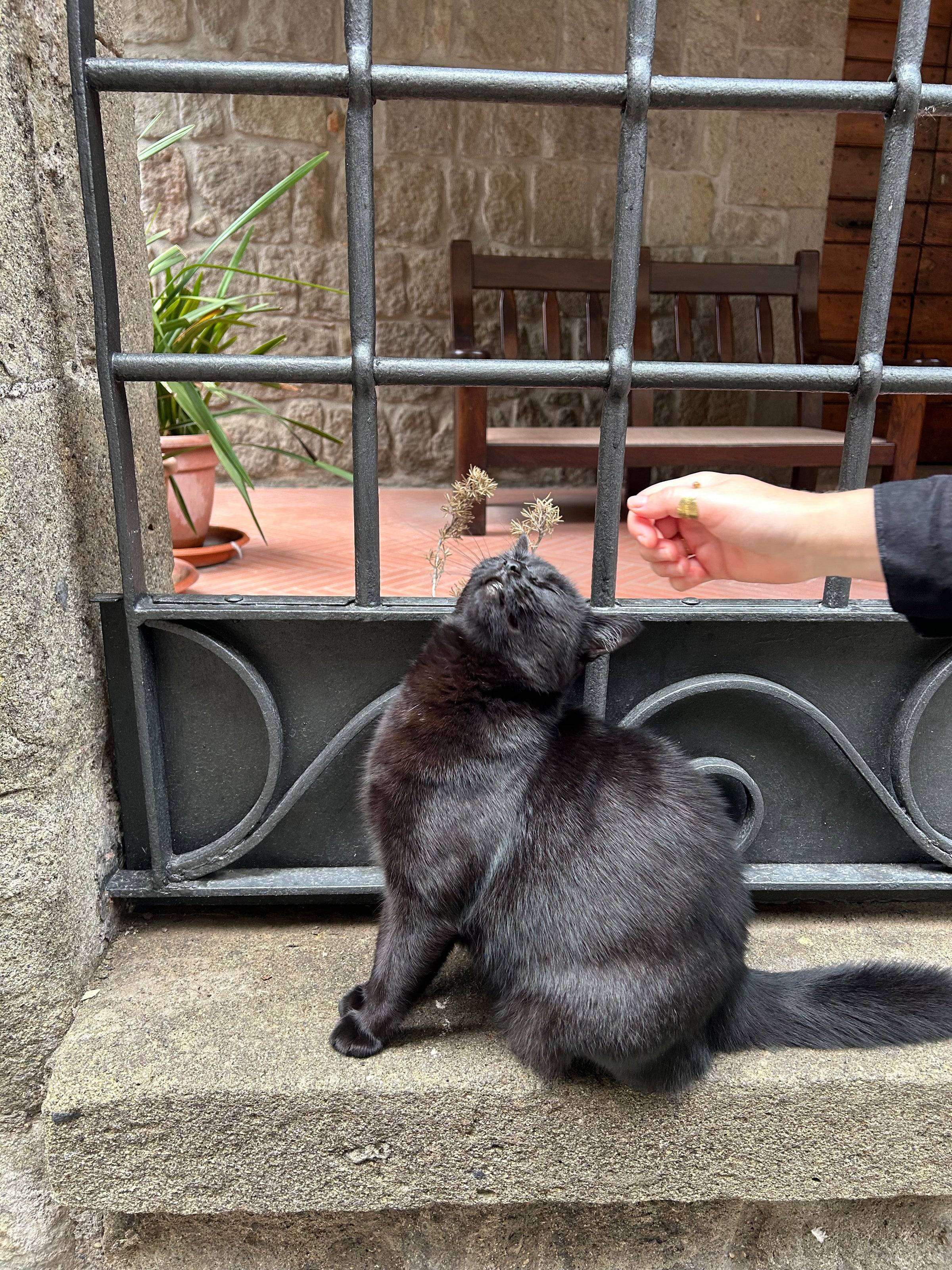
More and More
More hidden treasures are worth uncovering in Italy’s 4th largest region. Towns like Subiaco, nestled in the hills of the Apennines, offer a further glimpse into the medieval world with its monasteries and serenities. The iconic Lago di Bolsena, one of the largest volcanic lakes in Europe, is an idyllic escape all year round. Villa d’Este in Tivoli, practically a stone’s throw away from Rome is a beguiling UNESCO heritage site, which was once the summer home of Cardinal Tolomeo Gallio in the 16th century. For nature lovers, the Parco Nazionale del Circeo is a protected reserve with age-old forests and dramatic coastlines. They are all an important part of Lazio’s complex and varied culture, grounded in a long history but still alive with significance today.
Rome is the perfect starting point but don’t stop there. Explore the nooks and crannies of its hinterlands and coastlines, and you’ll find that the eternal city is just a fraction of Lazio’s eternal beauty.
